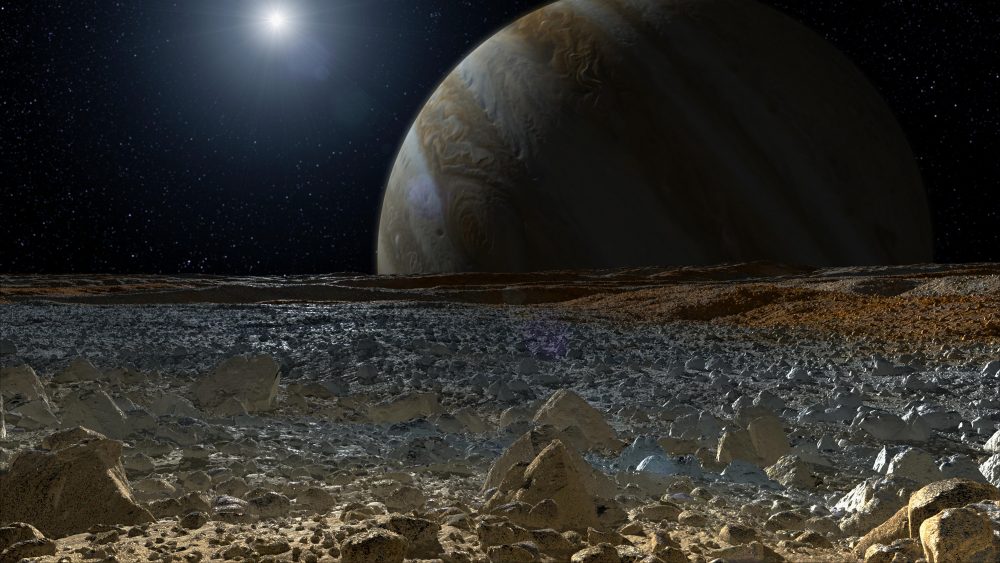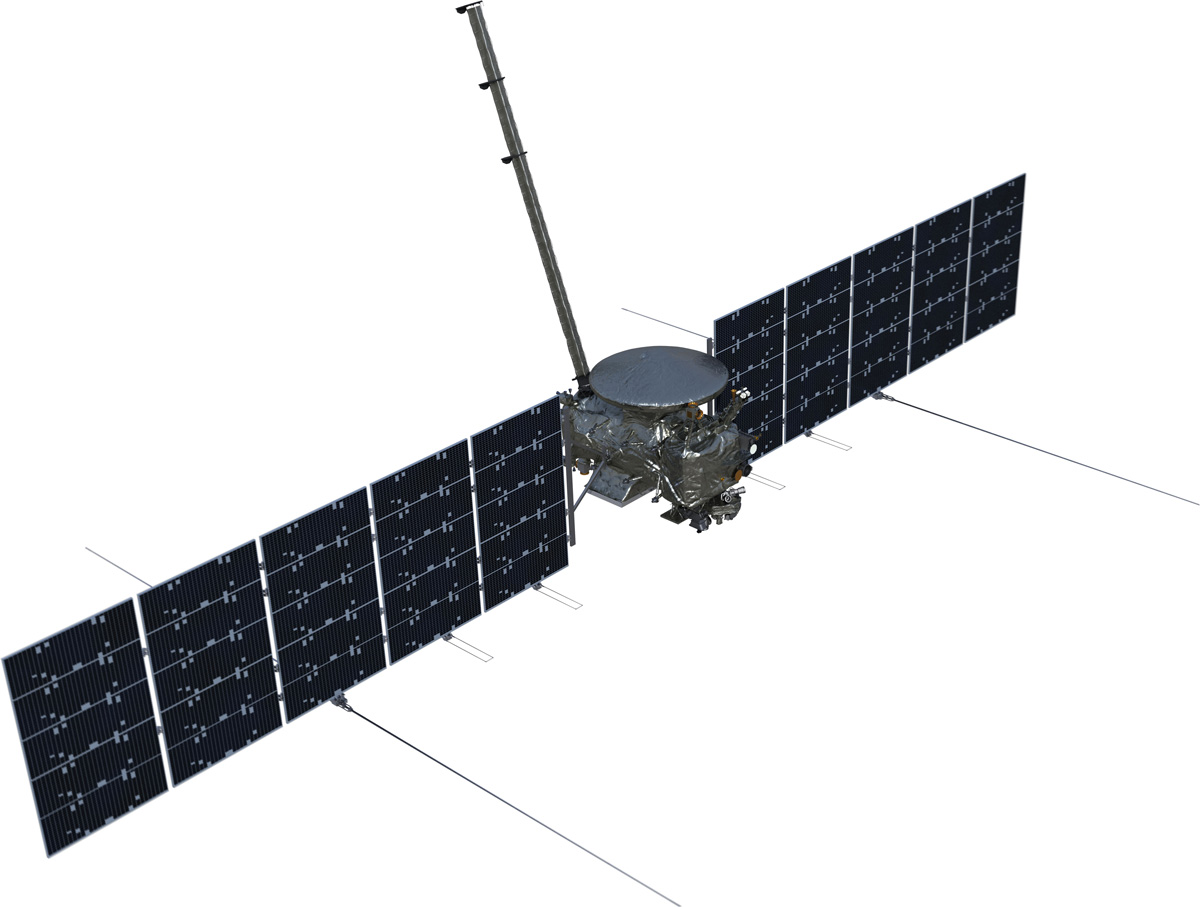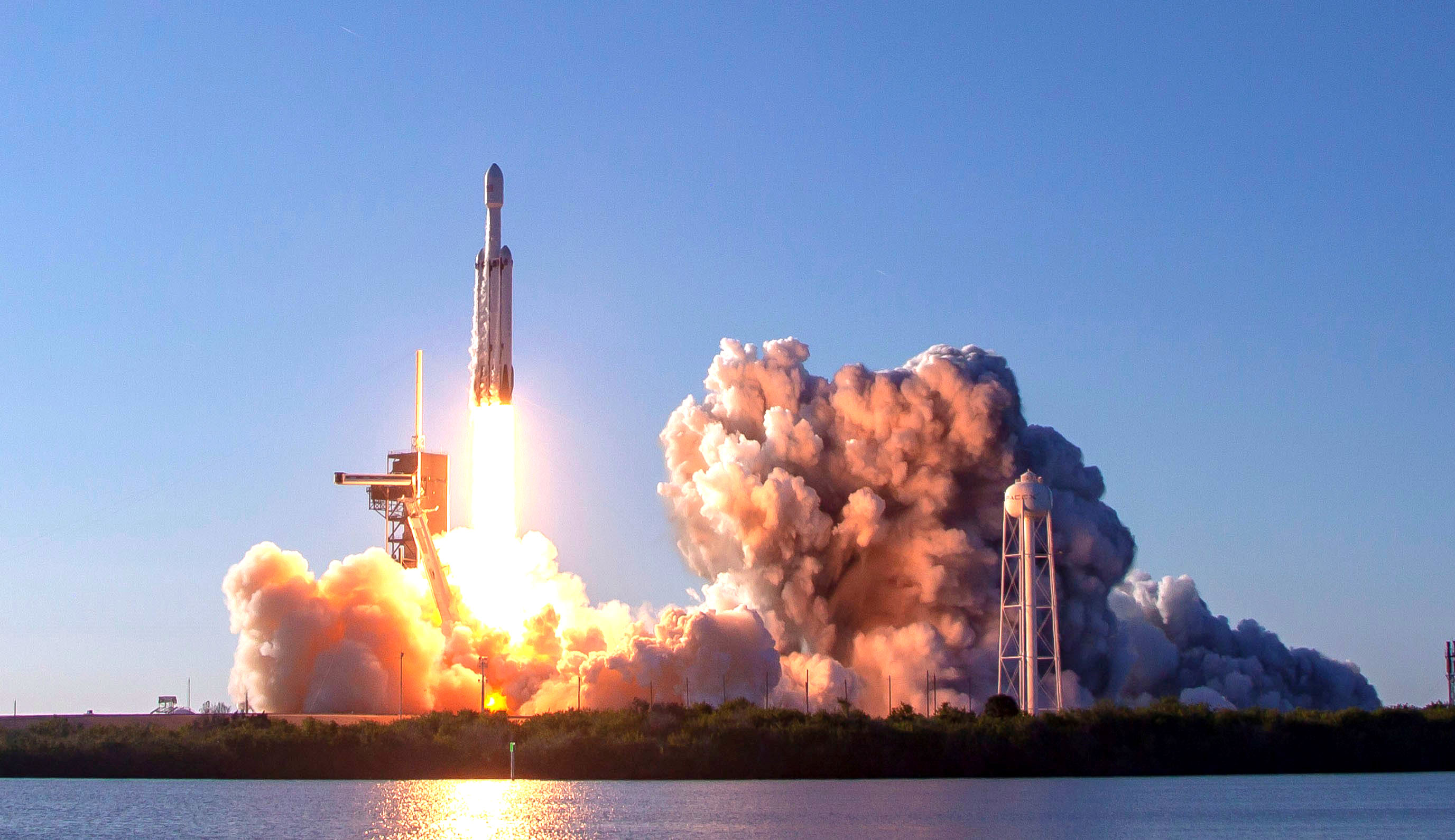The Importance of the Europa Clipper: Humanity’s Next Big Leap in Space Exploration
As we continue our journey into the cosmos, NASA’s Europa Clipper mission stands out as a monumental project, representing a significant leap forward in both our understanding of the Jovian system and our search for potential life beyond Earth. Set to reach Jupiter’s moon Europa by 2030, its mission is packed with ambitious objectives that could reshape how we view the possibilities of extraterrestrial life.
Why Europa?
Europa, one of Jupiter’s Galilean moons, has captivated scientists and space enthusiasts for decades. Its icy surface, which hides a vast ocean underneath, makes it one of the most promising candidates for discovering life in our solar system. The Europa Clipper, equipped with state-of-the-art scientific instruments, is designed to investigate this potential by probing beneath the ice, measuring the moon’s magnetic field disturbances, and examining chemical signatures to identify organic compounds.
Europa’s Hidden Ocean
One of the most exciting findings from previous missions like Galileo is the detection of a subsurface ocean on Europa. Not only is this ocean likely to contain more water than all of Earth’s oceans combined, but it also exists in an environment with continuous energy input through tidal forces exerted by Jupiter’s gravity. These conditions mimic the deep sea hydrothermal vent ecosystems that we know harbor life on Earth, albeit without sunlight.
While it’s unlikely that the Europa Clipper will directly confirm life beneath the moon’s icy exterior, the data it collects will provide invaluable insights into whether the conditions necessary for life exist, paving the way for future missions.
< >
>
Advanced Mission Design and Capabilities
The Europa Clipper is built upon a combination of complex mission architecture and cutting-edge technology. The spacecraft will not only analyze Europa but will also leverage close flybys of both Mars and Earth to pick up speed via gravitational assists – a tactic that showcases the ingenuity of modern space navigation.
Instrumentation: Peeking Below the Ice
Key instruments aboard the Europa Clipper include:
- Magnetometer: This device measures anomalies in Jupiter’s magnetic field as they pass through Europa, allowing researchers to infer the depth and salinity of its subsurface ocean.
- Surface Dust Analyzer (SUDA): This instrument captures particles and molecules that may have originated from Europa’s possible cryovolcanic activity, providing necessary input to assess the moon’s chemical composition.
- Radar Sounding: The Radar Sounder is designed to penetrate Europa’s icy crust, allowing scientists to determine whether liquid water could exist in pockets or channels within the ice itself.
- Visible and Infrared Imaging Systems: These are used for mapping Europa’s surface in high detail, helping scientists identify key spots where ice may have recently resurfaced or melted.
This unique array of tools will provide an unprecedented window into Europa’s geological, chemical, and environmental properties – many of which were first hinted at by previous missions like Voyager and Galileo.
< >
>
Challenges: Surviving Jupiter’s Radiation
One of the biggest hurdles faced by the Europa Clipper is surviving the intense radiation belts around Jupiter. These belts, similar to Earth’s Van Allen belts but much stronger, can cause severe damage to spacecraft electronics. To mitigate these risks, the Clipper includes specially designed radiation shielding for its sensitive components.
The mission’s repeated flybys will also help avoid prolonged exposure to the worst of Jupiter’s radiation, allowing it to perform its science objectives while minimizing potential damage. This approach ensures the spacecraft lasts long enough to complete its primary mission.
<
>
Optimizing for Efficiency: No Reusability in This Mission
In a departure from common practice, the Falcon Heavy launched the Europa Clipper without any plans for reusability. With a spacecraft weighing over 6 tons and the need to deliver it into a high-energy, hyperbolic escape trajectory, SpaceX opted to sacrifice all three of its Falcon Heavy cores, maximizing payload efficiency.
This is yet another instance of what I like to call the “Tyranny of the Rocket Equation,” where the increasing mass and velocity demands of missions lead to a trade-off in reusability. While spacecraft like Parker Solar Probe and New Horizons have carried similar energy needs, Europa Clipper’s status as one of the largest probes makes this mission truly unique.
< >
>
The Future of Outer Solar System Exploration
Europa Clipper won’t be arriving alone. The European Space Agency’s JUICE (Jupiter Icy Moons Explorer) mission, slated to arrive around the same time, will focus on Jupiter’s other moons, Ganymede and Callisto, both of which are also suspected to have subsurface oceans. Together, these missions will provide a multi-faceted understanding of the Jovian system and its potential as a haven for life.
In previous posts, I discussed the overlaps between Artificial Intelligence research and the way AI is applied in space exploration. When analyzing missions like this, I can’t help but think about the role AI will likely play in future solar system exploration. Autonomous decision-making, smart image processing, and machine learning models built into spacecraft could potentially handle many tasks that presently require human intervention, whether that be navigation adjustments or scientific data prioritization.
Setting Expectations: Europa Clipper’s Legacy
While excitement builds around the Europa Clipper, it’s essential to maintain perspective. The mission’s primary goal is to gather more detailed data about Europa, which will inevitably lead to many new questions. While it may not directly confirm life, it will lay the groundwork for future missions equipped to explore deeper within the icy moon.
In some ways, the Europa Clipper echoes humanity’s past exploratory endeavors, from mapping uncharted continents to probing the depths of our oceans. Each step forward stands on the shoulders of the scientific curiosity and technological achievements that came before it. And with the Clipper, we continue humanity’s journey into the mysterious worlds that lie beyond Earth, driven by the same questions that have guided exploration for millennia: “What else is out there?”
Focus Keyphrase: Europa Clipper mission